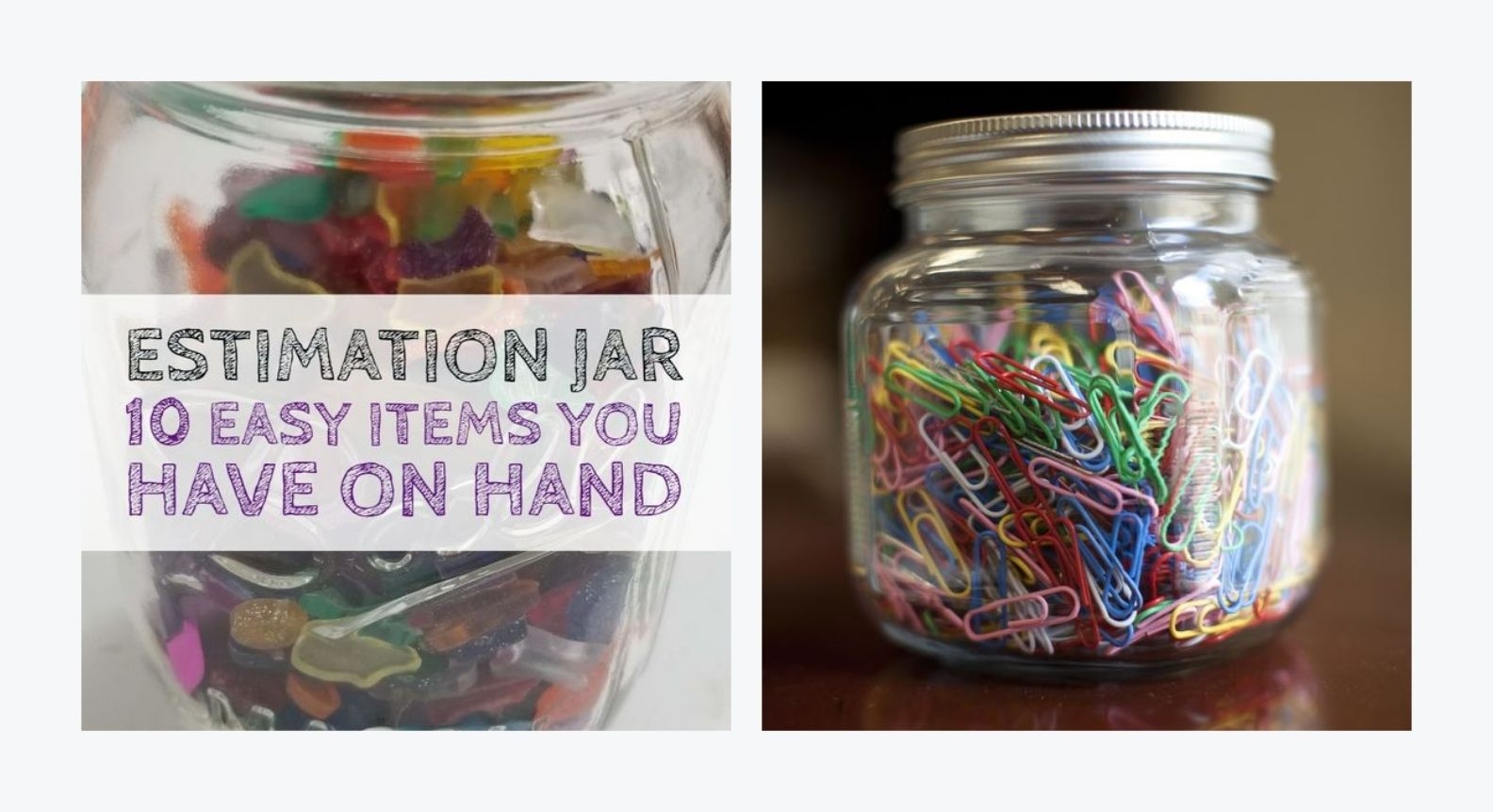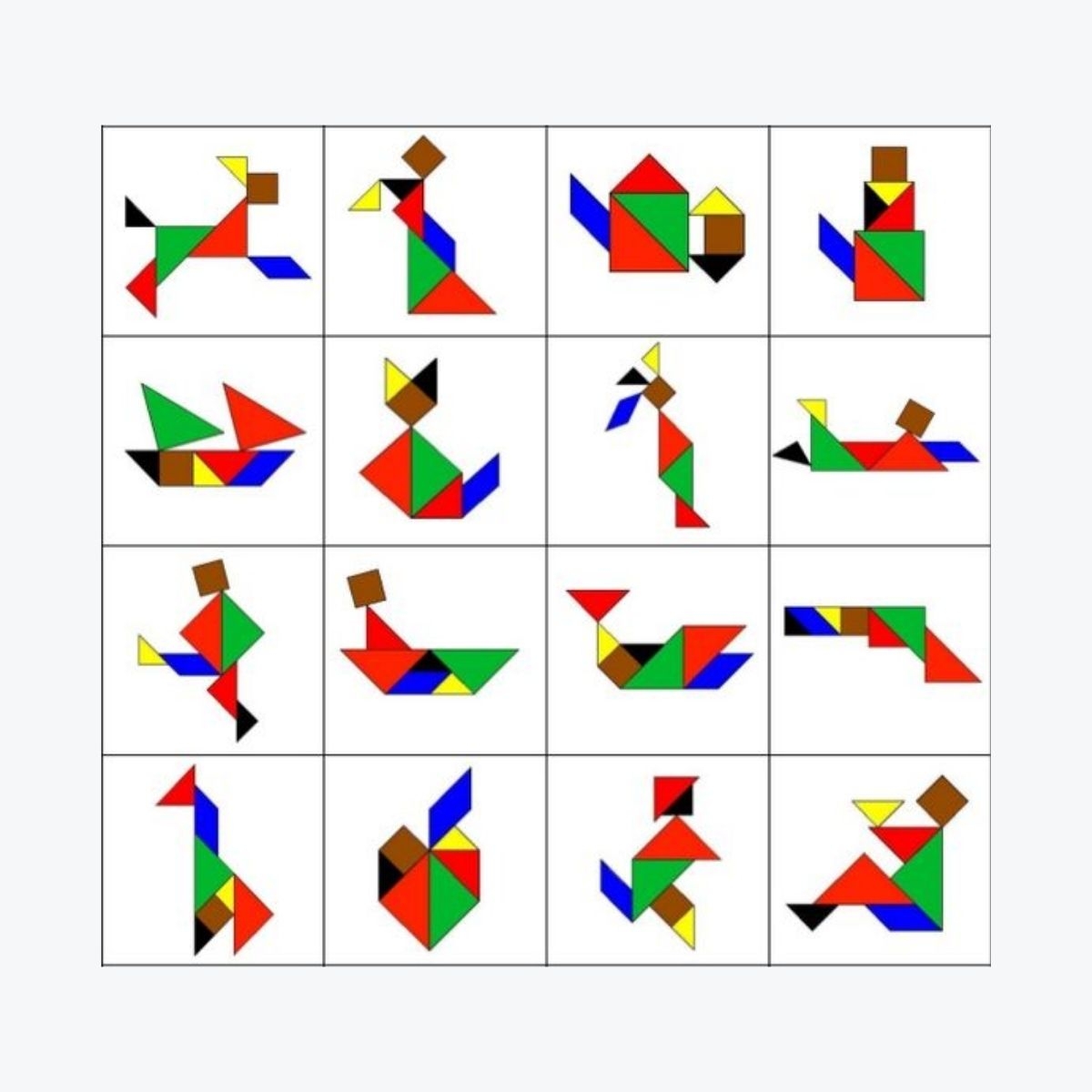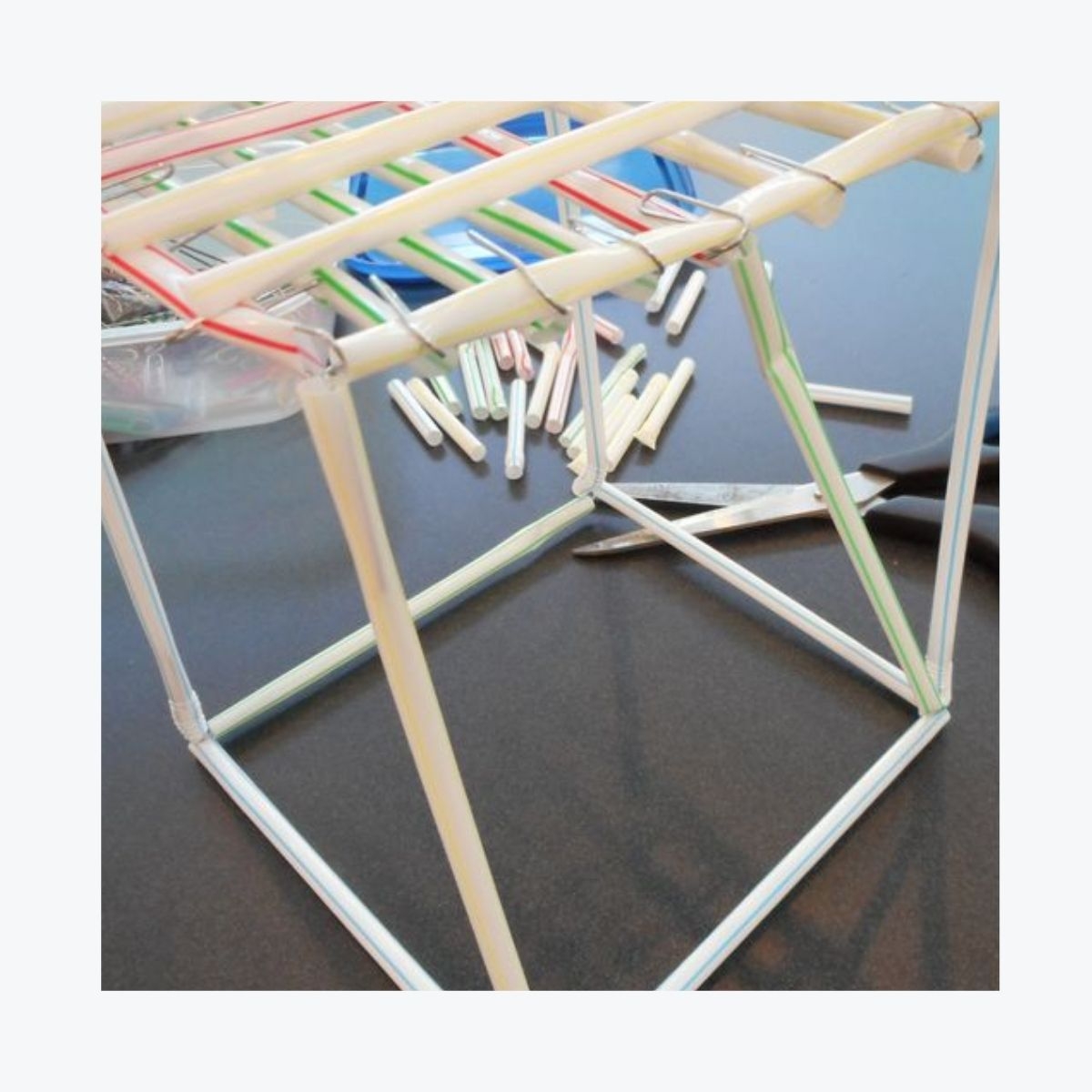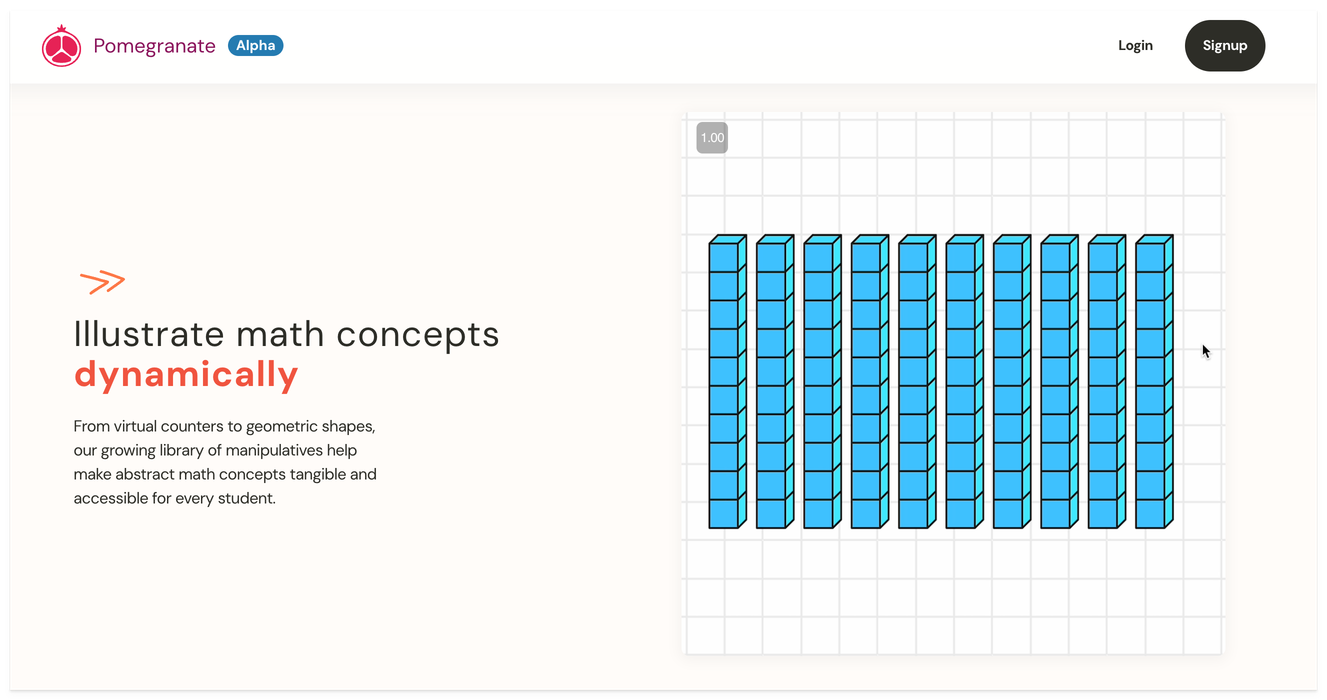First Day of School Maths Activities: Setting the Tone for Success

Maths Researcher
The first day of school is a golden opportunity to ignite enthusiasm for maths in your primary classroom. As the new term begins, carefully chosen activities can lay the foundation for a year of engaging, productive maths learning.
Pupils come into the classroom with diverse backgrounds and experiences, meaning that teachers need to be able to provide an inclusive environment from day one. Additionally, the emphasis on maths mastery approaches in recent years calls for activities that encourage deep understanding rather than rote memorisation. Striking the right balance between fun activities and rigour is key. While it’s tempting to focus solely on ice-breakers, incorporating meaningful mathematical content from the start sends a powerful message about the importance of the subject.
By carefully selecting first-day activities, you can:
- Foster a positive attitude towards maths
- Build a sense of classroom community
- Assess pupils’ starting points informally
- Introduce key routines and expectations
In this article, we’ll explore a range of engaging, curriculum-aligned activities to kick off your maths year with energy and purpose. Whether you’re a newly qualified teacher or a seasoned professional, these ideas will help you create a memorable first day that sets the tone for mathematical success.
First Day of School Icebreakers
Breaking the ice on the first day doesn’t mean putting maths on hold. By infusing mathematical concepts into familiar icebreaker games, you can engage pupils while getting an early glimpse into their skill level.
Number-based "Find Someone Who" game
Transform the classic "Find Someone Who" icebreaker into a mathematical adventure.
Create a grid with prompts such as:
- "Find someone who can name three 2D shapes"
- "Find someone whose house number is a multiple of 5"
This activity encourages pupils to apply maths concepts in a social context, promoting both numeracy and communication skills.

Maths fact bingo
Kickstart the year with a fun activity by playing a lively game of Maths Fact Bingo. Distribute bingo cards featuring a mix of 2-digit answers to questions about number facts, mathematical terms, and simple equations.
Have a list of questions on the board or reveal them one by one and have pupils mark off the corresponding answers on their cards. This game reinforces prior knowledge and helps you gauge the class’s overall understanding of key concepts.
Questions can start with basic addition and subtraction. For the right class, incorporate multiplication and division along with word problems that have 2-digit answers to scale the difficulty as needed.
Jar guessing estimation game
Place a clear jar filled with small objects (like counters or marbles) in a prominent spot. Invite pupils to estimate the number of items and record their guesses. This activity not only breaks the ice but also introduces the important mathematical skill of estimation.
If pupils need a bit of assistance, consider adding a second jar next to the jar to be estimated and give the number of objects in the second jar to help their estimation efforts.
At the end of the day, count the objects together, discussing strategies for making good estimates.

Mental maths relay races
Divide the class into teams and set up a relay-style game with quick mental maths challenges. Each team member solves a problem before passing the baton to the next.
Include a mix of operations suitable for your year group, such as:
- Year 2: "What's 10 more than 23?"
- Year 4: "Double 35, then add 10."
- Year 6: "What's 15% of 80?"
This game promotes rapid recall and mental calculation strategies while fostering teamwork.
Fraction puzzles challenge
To address the curriculum's emphasis on fractions, introduce a fraction puzzle activity. Provide sets of fraction cards that pupils must match to create equivalent fractions or to solve simple fraction addition problems.
For example:
- Match "1/2" with "2/4" and "3/6" for equivalence.
- Combine "1/4" and "2/4" to make "3/4".
This hands-on activity helps pupils visualise fraction relationships and practice fraction operations in a game-like setting.
These quick review games not only refresh key maths skills but also create an atmosphere of enjoyment and active participation in mathematics learning.
Transform Your Maths Assessment
Insights — our online assessment tool — gives you instant, powerful data to identify gaps and improve results.

Welcoming Activities: Getting to Know You Through Numbers
Numbers are more than just abstract concepts; they’re a powerful tool for self-expression and understanding others. These activities will encourage pupils to engage in interactive exercises that promote self-expression and verbal communication skills, giving a bit of a personal touch.
"All About Me" maths profile sheets
Distribute colourful sheets where pupils write information about themselves using numbers.
Prompts might include:
- “My age in months”
- “The number of letters in my full name”
- “My shoe size”
For older pupils, incorporate more complex mathematical concepts, such as:
- “The ratio of consonants to vowels in my name”
- “My height as a decimal of a metre”
Class bar graph of student interests
Turn data collection into a collaborative, visual activity. On a large poster board, create a bar graph representing the class's favourite subjects, hobbies, or books.
As each pupil adds their data point, discuss how the graph changes with each additon of data and what it reveals about the class. This hands-on approach to statistics brings data to life and fosters a sense of classroom community.
Fraction flags for older pupils
For Years 5 and 6, introduce a creative activity linking fractions to personal interests. Pupils design a flag representing their hobbies, using different fractions for each section.
For example, a flag might be ½ blue for swimming, ¼ green for reading, and ¼ red for football. This task encourages pupils to think about fractions in a real-world context and opens up discussions about equivalent fractions and percentages.
For an added bonus, combine this with the Class Bar Graph activity above to see if there are any other trends in the class!
These activities not only help pupils and teachers get to know each other but also reinforce the idea that mathematics is everywhere in our lives. By connecting numbers to personal information, we lay the groundwork for a year of engaged, contextualised learning.
Collaborative Problem-Solving Tasks to Engage Pupils
Fostering a collaborative atmosphere in your maths classroom from day one with school activities encourages pupils to share ideas, learn from each other, and develop critical thinking skills.
These team-based activities not only build camaraderie but also introduce key mathematical concepts in an engaging way.
Team building with tangram puzzles
Divide the class into small groups and provide each with a set of tangram pieces. Challenge them to recreate specific shapes or designs as a team. This activity promotes spatial reasoning, geometry skills, and effective communication.
Encourage pupils to discuss the properties of the shapes they create and how they fit together.

Image: Pinterest
Group logic challenges
Present the class with age-appropriate logic puzzles that require teamwork to solve. For younger pupils, this might involve sorting and classifying objects based on multiple attributes.
Older students could tackle more complex problems, such as solving a maths-based escape room scenario. These challenges develop reasoning skills and highlight the importance of systematic problem-solving approaches.
Building structures with limited materials
Supply groups with a set of building materials (e.g., straws, tape, paper) and a specific challenge, such as creating the tallest free-standing structure or the longest bridge span.
Incorporate measurement by asking pupils to record dimensions and compare results. This task combines practical maths skills with creative thinking and teamwork.

Image: Pinterest
Shape and number reasoning task
Introduce a task that requires pupils to reason about both shapes and numbers. For instance, provide a set of 2D shapes and ask groups to sort them based on various criteria (number of sides, angles, symmetry, etc.).
Then, challenge them to find relationships between the number properties of the shapes, such as "Find shapes where the number of sides is a factor of 12". This activity develops both geometric understanding and number sense while encouraging mathematical discourse.
Setting Up Routine With Classroom Routines
Establishing clear routines from the first day creates a structured environment where mathematical learning can flourish. These routines organise the classroom and also reinforce important mathematical concepts and language.
Create a visual timetable using clock faces
Engage the class in creating a visual timetable using analogue clock faces. This practical activity reinforces time-telling skills while giving pupils a clear understanding of the day's structure.
For older pupils, incorporate digital time alongside analogue, promoting fluency in both formats.
Introduce maths manipulatives and their storage system
Familiarise pupils with the various manipulatives available in your classroom. Demonstrate proper use and storage, emphasising the role these tools play in exploring and representing mathematical concepts.
This introduction sets expectations for responsible use and care of classroom resources.
Mathematical language focus using a vocabulary wall
Introduce a dedicated space for mathematical vocabulary. Begin by adding a few key terms relevant to your first lessons, explaining that this wall will grow throughout the year.
Dedicate time to discussing the importance of mathematical language. Explain that, just like scientists or artists, mathematicians have their own unique vocabulary to describe ideas precisely.
Introduce a 'Word of the Day' routine, where a new mathematical term is explored each day. For example, you might start with 'factor' for older pupils or 'more than' for younger ones.
Encourage pupils to use these terms in context throughout the day, reinforcing the connection between mathematical language and everyday communication.

Image: Pinterest
Goal Setting for the Year Ahead
Setting meaningful goals helps pupils take ownership of their learning and provides a roadmap for the school year ahead. By aligning personal aspirations with curriculum objectives, we create a sense of purpose and direction in mathematics learning.
Personal maths goal-setting activity
Guide pupils in setting achievable, specific maths goals for their particular year. Provide a template that encourages them to think about different areas of mathematics.
For example:
- Number and Place Value: "I want to confidently read and write numbers up to 1,000."
- Calculation: "My goal is to master fractions by the end of the year."
- Geometry: "I aim to identify and describe the properties of 3D shapes, including the number of edges, vertices, and faces."
Encourage pupils to reflect on their strengths and areas for improvement. Remind them that goals can be adjusted as the year progresses.
As a bonus, these become talking points during parents’ meetings each year.
Creating a class "What We'll Learn in Maths This Year" chart
Collaboratively create a visual representation of the year's mathematical journey for the entire class.
Organise the chart into key curriculum areas such as:
- Number and Place Value
- Addition, Subtraction, Multiplication, and Division
- Fractions, Decimals, and Percentages
- Measurement
- Geometry
- Statistics
Under each heading, list some of the key concepts and skills pupils will explore. This chart serves as a roadmap, helping pupils see the bigger picture of their mathematical learning.
You can even cross off each skill as you learn them throughout the year to drive home the feeling of maths progress.
Maths growth mindset discussion
Introduce the concept of growth mindset specifically in relation to maths. Share age-appropriate examples of how mathematical thinking develops over time and with practice.
Discuss how making mistakes is a valuable part of the learning process in maths.
Create a set of class mantras aligned with curriculum goals, such as:
- "We embrace challenges in problem-solving."
- "We use different strategies to approach calculations."
- "We connect geometry to the world around us."
Encourage pupils to reflect on how a growth mindset can help them confidently tackle each area of the curriculum.
Exploring Technology with a Maths Focus
Technology can be a useful tool for enhancing mathematics education. Introducing digital resources on the first day sets the stage for their integration throughout the year, supporting diverse learning styles and extending learning beyond the classroom walls.
Introduction to maths apps
Showcase the digital tools your class will be using this year.
These might include:
- Adaptive learning platforms that provide personalised practice
- Virtual manipulatives for exploring geometry or fractions
- Game-based learning apps that reinforce key skills
Demonstrate how to access and use these tools, emphasising their role in supporting independent learning and practice.

Pomegranate.so is a dynamic maths visulisation tool
Virtual maths scavenger hunt around the school website
Create a digital scavenger hunt that familiarises pupils with your school's online resources while solving maths problems.
Tasks might include:
- Finding the number of staff members and calculating the pupil-to-teacher ratio
- Finding dates for the school's events throughout the year and calculating which day and week of the year they fall upon
- Using the school calendar to calculate the number of school days in the term
This activity develops digital literacy alongside mathematical skills.
Creating digital "About Me" profiles with number facts
Guide pupils in creating digital profiles that represent themselves through numbers. Use simple design tools or presentation software to make infographic-style displays.
Pupils might include:
- Their height in centimetres and as a fraction of a metre
- The number of days or weeks until their next birthday
- A pie chart representing how they spend their day
This project combines technology skills with data representation and personal mathematics.
Technology supporting problem-solving and reasoning
Highlight how technology can enhance problem-solving and reasoning skills.
For instance:
- Demonstrate how spreadsheet software can help organise data and spot patterns, supporting the reasoning process in statistics units
- Show how geometry software allows pupils to manipulate shapes and test hypotheses, fostering deeper understanding of properties and relationships
- For later years, introduce coding platforms that develop logical thinking and problem-solving through creating mathematical games or simulations
By thoughtfully incorporating technology from day one, we prepare pupils for a year of rich, multi-faceted mathematical exploration. These digital resources extend learning opportunities, and support the development of problem-solving and reasoning skills, as emphasised in the English National Curriculum.
Ending the Day on a Positive Note
Concluding the first day back on an uplifting note sets the tone for the year ahead, reinforcing the idea that maths can be enjoyable and relevant to everyday life.
Reflection activity on favourite maths memories
Invite pupils to share a positive maths experience from their previous year. This could be a concept they mastered, a problem they solved, or a maths game they enjoyed. Create a 'Maths Memories' display where pupils can add their reflections throughout the year.
Exit ticket with a fun maths brain teaser
End the day with a playful maths challenge. Choose a puzzle that's accessible yet intriguing, such as:
"I'm thinking of a number. When you double it and add 10, the result is 50. What's my number?"
Encourage pupils to share their reasoning as they work through the problem.
Maths in everyday life discussion
Before dismissing the class, lead a brief discussion on how the maths concepts explored today connect to real-world applications.
For example:
"We used place value in our scavenger hunt today. Where might you use place value outside of school?"
Responses might include reading house numbers, understanding money, or interpreting sports scores. This discussion reinforces the curriculum's emphasis on applying mathematical knowledge to everyday situations.
You might conclude with a challenge: "Tomorrow, try to spot three examples of maths being used in your daily life. We'll share our findings when we meet again!"
By ending on this positive, reflective note, we reinforce the idea that maths is not just a subject to be studied, but a valuable tool for understanding and navigating the world around us.
From Day One to Year-Long Learning
The first day of school sets the tone for the entire year of mathematical learning. By incorporating engaging activities that blend fun with purposeful practice, we lay the foundation for a positive and productive maths experience. From icebreakers with a numerical twist to collaborative problem-solving tasks, these activities introduce key concepts while fostering a sense of classroom community.
The goal of these first-day activities is not just to get pupils comfortable, but to build fluency, reasoning, and problem-solving skills from the outset. By aligning our approach with the National Curriculum's emphasis on these core competencies, we prepare pupils for a year of meaningful mathematical exploration and growth.
As you prepare for your first day, feel empowered to adapt these ideas to suit your specific classroom needs. The most effective activities are those that resonate with your teaching style and your pupils' interests. By striking the right balance between enjoyment and rigour, you'll create an environment where mathematical curiosity can flourish throughout the year.
Learn more:
Maths Games: Addition and subtraction within 20
David Lin
Maths Researcher